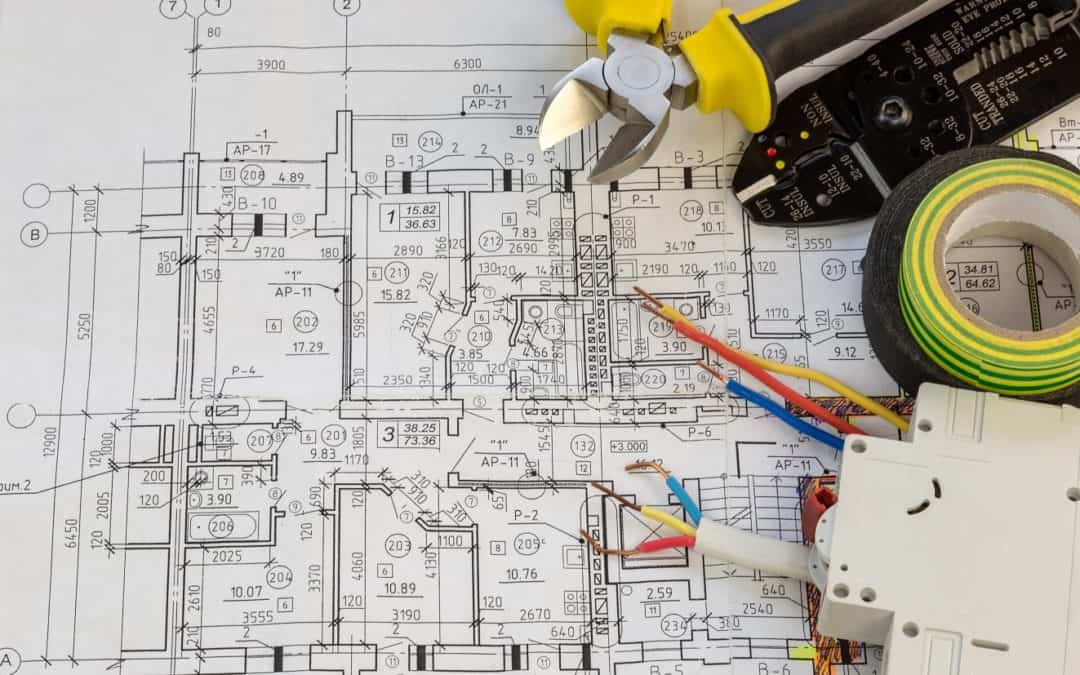Ingenious Electrical Design Providers for Modern Framework
The development of modern facilities requires innovative electrical design services that not only boost functional effectiveness however additionally address sustainability challenges. As urban environments grow progressively intricate, integrating technologies such as wise grids and sustainable energy sources comes to be paramount. These innovations not just guarantee to optimize power usage however additionally foster durability against future needs. The landscape of electric design is going through quick change, prompting a more detailed evaluation of emerging trends and their ramifications for lasting facilities viability. What might the future hold for those who embrace these innovative methods?
Relevance of Ingenious Electrical Design
Cutting-edge electric design plays a vital function in modern infrastructure, influencing not only performance however additionally sustainability. As cities develop and the demand for power rises, the need for innovative electrical systems comes to be extremely important. These systems must not only satisfy present needs but likewise anticipate future development and technological improvements.
A well-executed electrical design can dramatically reduce energy intake, consequently lowering functional prices and minimizing ecological effect. By integrating eco-friendly energy sources, such as photovoltaic panels and wind turbines, cutting-edge designs can boost power independence and resilience. Additionally, clever grid innovations permit real-time monitoring and monitoring of energy distribution, enhancing efficiency and reducing waste.
Safety is an additional critical element of electric design. Carrying out sophisticated modern technologies and rigorous standards can minimize threats connected with electrical failings, guaranteeing a secure environment for businesses and homeowners alike. In addition, cutting-edge layouts facilitate adaptability, permitting frameworks to integrate emerging modern technologies flawlessly.
Secret Patterns in Electric Design
As the landscape of electrical design remains to develop, numerous crucial patterns are shaping the future of the market. One substantial trend is the integration of clever innovation into electric systems. The expansion of the Net of Points (IoT) has actually allowed real-time tracking and control of electrical tools, improving effectiveness and promoting anticipating upkeep.
Another fad is the growing focus on modular design. This method permits adaptable and scalable remedies, allowing framework to adapt to changing demands without considerable improvements. Furthermore, the use of sophisticated simulation devices and Structure Details Modeling (BIM) is becoming increasingly prevalent, improving the design process and enhancing cooperation among stakeholders.
Furthermore, developments in materials science are bring about the growth of lighter, a lot more sturdy, and energy-efficient parts. This advancement is specifically essential for high-performance buildings and framework projects.
Last but not least, there is a significant shift in the direction of data-driven decision-making - electrical design services. Leveraging information analytics aids developers maximize systems for efficiency and cost-effectiveness. Together, these trends symbolize a transformative age in electrical design, improving functionality, sustainability, and durability in contemporary infrastructure
Sustainable Power Solutions
Lasting energy remedies are significantly ending up being a vital focus in electrical design, showing a wider commitment to environmental responsibility and source performance. These you can find out more services intend to decrease ecological effect while enhancing energy consumption in various infrastructures, from domestic structures to huge business facilities.
Among the foremost methods includes the integration of renewable resource sources, such as photovoltaic panels and wind generators, into electrical systems. This not only lowers dependence on fossil gas yet additionally boosts power durability. Additionally, ingenious energy storage systems, such as sophisticated batteries, make it possible for effective management and circulation of energy, making certain that excess power produced during optimal manufacturing can be made use of during high demand periods.
In addition, energy-efficient design methods are being adopted to boost general system performance. This includes using energy-efficient lights, HVAC systems, and smart building technologies that keep an eye on and adapt energy usage based upon occupancy and ecological problems.
Smart Grid Technologies
The application of lasting power remedies normally results in the exploration of smart grid modern technologies, which play a critical role in modernizing electrical systems. Smart grids utilize progressed interaction innovations and information analytics to enhance the reliability, performance, and sustainability of electricity distribution. By incorporating electronic innovation with typical grid infrastructure, these systems help with real-time surveillance, automated control, and improved decision-making abilities.
Among the crucial attributes of wise grids is their capacity to accommodate renewable resource resources, such as solar and wind power. This flexibility not only decreases dependence on fossil fuels yet also enables an extra decentralized energy production design. Wise grids enable demand action programs, where consumers can adjust their energy use based on real-time rates, thus promoting energy conservation and decreasing peak lots demands.
Furthermore, wise grid technologies boost grid resilience by enabling quicker recognition and resolution of interruptions, eventually lessening downtime. With predictive upkeep and analytics, energies can enhance and enhance operations solution delivery. As cities and neighborhoods continue to evolve, wise grid modern technologies are vital for constructing a lasting and effective electric framework that satisfies the demands of modern society.

Future-Proofing Framework
To make certain lasting viability and flexibility, future-proofing facilities is vital in the rapidly evolving landscape of electric design services. As innovation breakthroughs and power demands change, it is essential that electrical systems are made with flexibility in mind. This find more involves including scalable solutions that can fit future upgrades without necessitating considerable overhauls.

Additionally, sustainability must be a cornerstone of future-proofed layouts. Using renewable resource sources, such as solar and wind, and maximizing energy performance decrease reliance on nonrenewable fuel sources, aligning with international efforts to battle environment change.
Conclusion
By prioritizing effectiveness, adaptability, and sustainability, these solutions deal with the progressing needs of power systems. The assimilation of clever grid technologies and lasting energy remedies enhances resilience and minimizes operational costs.
A well-executed electric design can dramatically reduce power intake, consequently reducing operational costs and reducing environmental effect. By including eco-friendly energy sources, such as solar panels and wind turbines, innovative layouts can enhance energy self-reliance and resilience. Furthermore, ingenious energy storage space systems, such as advanced batteries, enable reliable administration and circulation of energy, guaranteeing that surplus power produced throughout height manufacturing can be made use of during high need periods.
Wise grids allow need feedback programs, where consumers can adjust their power use based on real-time pricing, consequently promoting energy preservation and minimizing peak load needs. (residential electrical design)
As technology advancements and power demands shift, it is vital that electric systems are developed with versatility in mind.